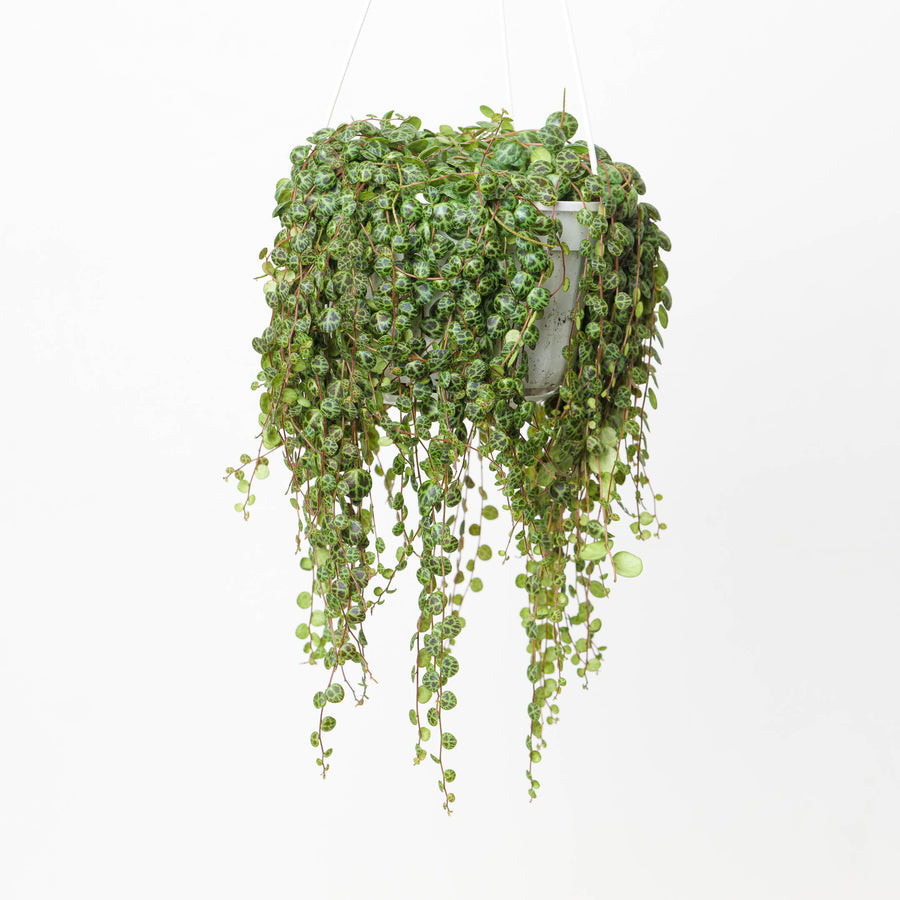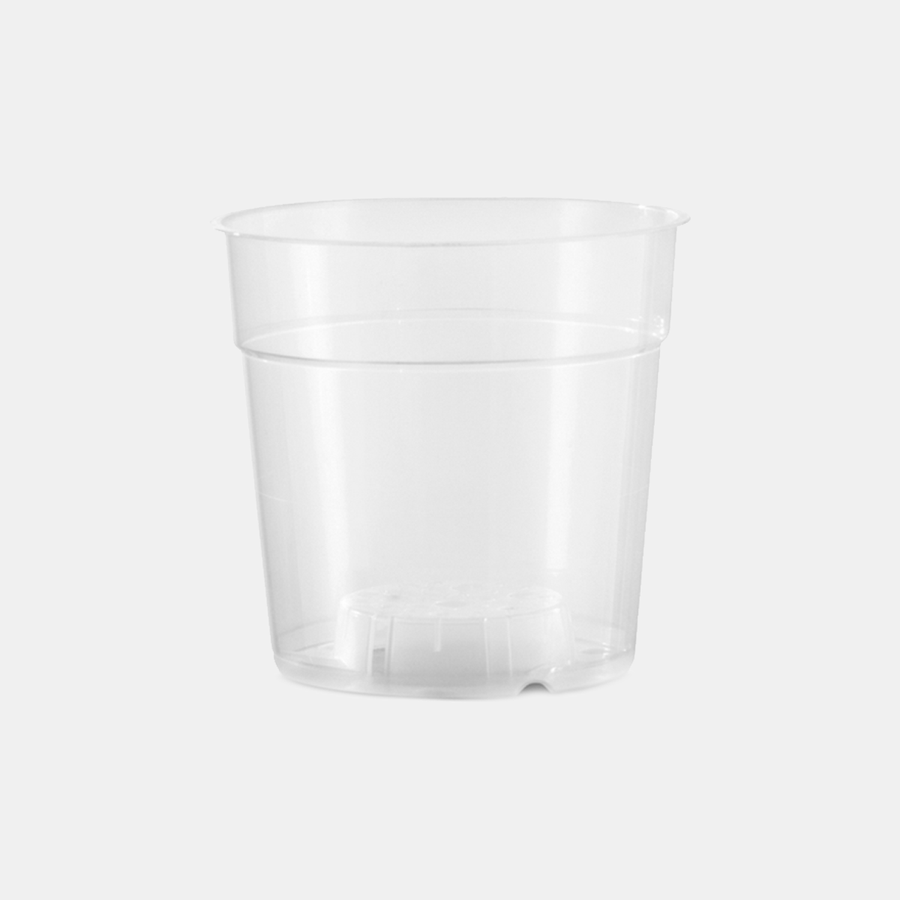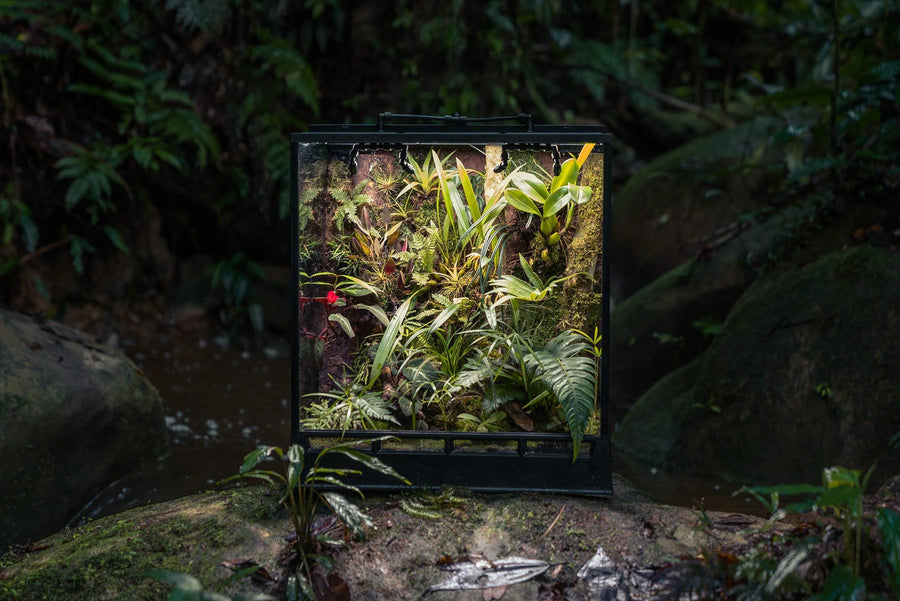Plant Care 101: The One Question You Need to Ask Before Buying a Rare Plant
Bringing a new plant into your home is always exciting. We all know the benefits to well-being that houseplants bring but this can also come with a sense of anxiety as we worry if we can even keep it alive! Ensuring that your plants thrive requires more than just watering and sunlight. The key to successful plant care lies in understanding their natural habitat and one fundamental question can make all the difference: where does the plant grow in the wild?
The Wild Origins
When considering adding a new plant to your collection, it's crucial to delve into its natural habitat. Does it grow in swamps or river banks in the open sun? Or does it cling to exposed limestone cliffs, braving the elements? Perhaps it rests in the branches of trees in a shady rainforest. The answer to this question unveils valuable insights into the plant's specific needs.
Substrate Composition
Understanding the plant's natural environment provides essential information about the substrate it thrives in. Some plants flourish in well-draining soil, while others prefer a more water-retentive medium. By knowing where the plant originates, you can tailor the substrate to match its natural habitat. For instance, a rainforest epiphyte will receive a lot of airflow, with the roots perhaps only covered over by loose leaf litter caught in the tree branches. This could be mimicked with a bark-heavy mix which maintains air pockets in the substrate. A riverbank species could be best suited to growing in loam with the pot sat in a shallow tray of water.
Luckily for you, we've done all the trialling and testing. Shop our specialist range of substrate mixes here.

Acidity Levels
The pH level of the substrate is another crucial factor linked to a plant's native surroundings. Plants that hail from acidic environments will struggle in alkaline soil and vice versa. By identifying the plant's wild habitat, you can gauge the acidity levels it thrives in and adjust your care routine accordingly. Going back to our rainforest epiphyte example, the loose leaf litter covering the roots will be slightly acidic as they break down and again, bark or other organics will replicate this. Meanwhile, a plant growing on limestone cliffs will require a more alkaline substrate - perhaps consider adding lime powder to your mix here. This simple consideration can significantly impact the overall health and vitality of your houseplant.
Light Requirements
Different plants have varying light preferences, often determined by their native ecosystems. Some thrive in bright, direct sunlight, while others flourish in the dappled shade of a dense forest canopy. Understanding the plant's natural light conditions will guide you in finding the ideal spot in your home. This ensures your plant receives the appropriate amount and quality of light to support its growth. A light metre can be an invaluable tool here. Our eyes do a very poor job of judging light levels, often vastly overestimating how much light is reaching the plant. A light metre is a relatively inexpensive tool and removes all the guesswork. Grow Lights are useful for providing supplemental lighting to help your plants thrive.
Heat Requirements
Heat is a crucial factor often overlooked in plant care. Some plants thrive in warmer climates, while others prefer cooler temperatures. Understanding the plant's heat requirements allows you to create an environment that suits its needs. Adjusting the room temperature, providing adequate ventilation, and avoiding drafts are essential considerations to ensure your plant thrives.

GrowGang Pianta V2 Grow Light - from £34.95
Humidity
From our experience, this seems to be one of the least considered factors when growing plants and yet is arguably the most crucial. As humidity decreases, transpiration increases. Therefore the leaves of plants adapted to high humidity environments will dry out if the humidity is too low and no amount of watering will fix this. On the flip side, provided the right humidity, far less watering is required and the risk of root rot is massively reduced. Bathrooms are a great place for plants in need of high humidity.
Watering Needs
Watering is a critical aspect of plant care, and each species has its own specific requirements. Plants adapted to arid conditions may prefer infrequent but deep watering, mimicking the infrequent but heavy rainfalls of xeric environments. Meanwhile, those from rainforests will need frequent watering. Knowing the plant's natural habitat helps you tailor your watering schedule to match its preferences, preventing over or under-watering issues.
Embracing the Principle
Asking the question, "Where does the plant grow in the wild?" serves as a fundamental principle for successful plant care. It unveils a wealth of information about substrate, acidity, light, heat and water needs. By incorporating this principle into your understanding of plant care, you embark on a journey toward cultivating beautiful, healthy houseplants. Understanding each of these factors in their own right but also their influence on each other is paramount. For example, higher temperatures will result in lower relative humidity and watering in line with rainfall where the plant is native, and will only work appropriately with the right substrate.
Ready to be a successful plant parent?
The secret to becoming a successful plant parent lies in acknowledging and respecting the natural habitat of your green companions. By asking the simple yet profound question of where the plant grows in the wild, you unlock the key to meeting its specific needs. Armed with this knowledge, you can create an environment that mirrors the conditions in which the plant thrives, ensuring its health, vibrancy, and longevity in your home. So, before you bring a new plant into your space, take a moment to explore its origins—it's the one question that can make all the difference in your journey to becoming a green thumb.
Shop our full collection of rare and unusual houseplants here.






